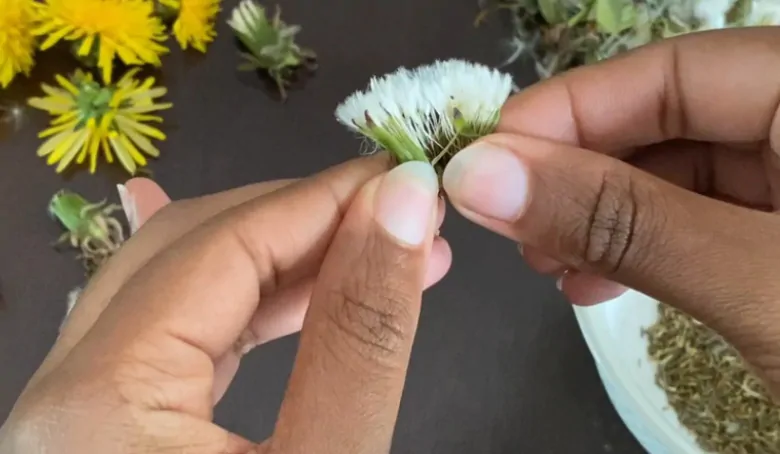In this week’s issue of our environment newsletter, we look at the delicious possibilities of wild plants and how one national park bounced back from a devastating wildfire.

Hello, Earthlings! This is our weekly newsletter on all things environmental, where we highlight trends and solutions that are moving us to a more sustainable world. (Sign up here to get it in your inbox every Thursday.)
This week:
- Eating wild plants is a ‘world that needs to be rediscovered’
- How Italy is protecting a northern glacier
- Waterton Lakes National Park’s amazing recovery from the 2017 wildfire
Eating wild plants is a ‘world that needs to be rediscovered’

Many of us look forward to sinking our teeth into fresh tomatoes or lettuce from our gardens. But there are lots of edible plants around us that most of us either haven’t noticed or never thought of eating.
Julie Walker thinks we should. She’s the owner and program director of Full Circle Adventures, a company that offers edible plant walks in Calgary parks. She has run foraging outings for local chefs and landowners, and is now involved in wild food gardening.
As a hiking guide and outdoor educator, Walker noticed that people enjoyed the natural landscapes but knew very little about the greenery around them. Many had “no appreciation” of the value of nature “until we start talking about food,” she said.
After an edible plant walk, “what people experience is this greater sense of wow about nature,” Walker said. “There’s this human history connected with this.”
That history includes the local Indigenous people, who developed a deep knowledge of and relationship with edible and medicinal plants over thousands of years, as well as European settlers, who brought many edible plants with them.
Walker’s favourite edible plants include wild versions of onions, chives and mint, along with fireweed, a native plant that she says you can eat like asparagus — steamed, boiled or in omelettes.
At some point in the past, all humans relied on foraging for food, said Katelyn Landry, creative director of Forij Thrills in London, Ont., which puts on events involving food foraged in urban backyards. “There’s just this whole other world that needs to be rediscovered,” she said. “It brings a lot of joy and fulfillment and excitement.”
Landry’s events have included a tea party where the tea was made with cedar and rose petals, as well as workshops where chocolate was infused with wild violets and dandelion seeds were used as sprinkles to decorate cakes.
“There are some extremely delicious plants that we are completely oblivious to literally growing outside of our doorsteps,” she said. Seeing the clovers, dandelions and violets in your lawn as food instead of weeds makes people less inclined to litter or use pesticides, Landry said. “We’re going to be more likely to take care of the nature around us.”
Steve Leckman is director of Coyote Programs in Montreal, which offers nature connection programs, including foraging workshops. Some of the wild foods he recommends include dandelion and burdock — plants brought over by Europeans that are now considered weeds.
Leckman is also fond of cattail, which has edible roots, shoots and pollen. “Any time of year, there’s always something delicious about it,” he said.
While some edible wild plants risk being overharvested if too many people forage for them, Leckman said that by picking plants like garlic mustard, “you’ll be doing diversity in the forest a favour.” (I can tell you from personal experience that garlic mustard makes delicious pesto.)
Some wild plants have toxic lookalikes, and the differences may be tricky to learn. Leckman recommends getting to know just three plants at a time and getting to know them well.
The risk of picking toxic plants and concerns about overharvesting can be avoided through the approach Walker recommends: growing your own edible plant gardens and wild food forests.
Compared to traditional vegetables, they have a longer season and are easier to grow, since they’re adapted to the local climate. “It actually creates a food experience from April to September,” she said.
Walker said such gardens and forests also create habitat and a healthy food chain for local wildlife, including insects.
“We’re feeding nature and we’re feeding ours

